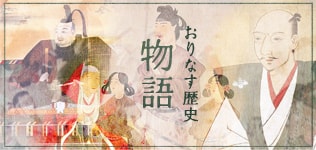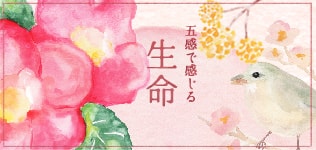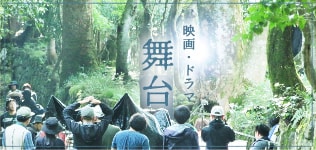The Hyakusaiji Temple
This temple belongs to the Japan TENDAI Sect of Buddhism.
It is well known as one of the “Kotō Sanzan” meaning 3 mountains on the eastern part of Lake Biwa. It is said that this temple is one of the oldest temples in Japan and was established by Prince Shotoku in 606 A.D.(the 14th of Suiko).
The principal image of this temple is the compassionate eleven-faced Juichimen Kannon Bodhisattva carved from a huge Japanese cedar by Prince Shotoku.
Prince Shotoku and Dr.Eji came to Yōkaichi town located just west of this point.
Dr.Eji was a famous learned priest from one of the ancient Korean countries and he taught Prince Shotoku advanced and up-to-date knowledge.
One morning, Prince Shotoku saw a glorious beam of light in the eastern mountain and climbed up to this area in order to find the origin of the light.
When he found that the origin of the light was from the huge stem of a cedar whose upper half was cut horizonatally, he asked Dr.Eji the reason why.
Dr.Eji told Prince Shotoku that the upper half of the stem was brought to the Ryuunji temple in Korea and used to carve out the Juichimen Kannon Bodhisattva.
When the capital was transferred from Nara to Kyoto in 794A.D.(the 13th of Enryaku), the Japan Tendai Sect was established by Saicho in Mt.Hiei located just west of this point. Since that time this temple has belonged to the Tendai Sect and the scale of this temple has been enlarged gradually.
In the Kamakura period, this temple was at the zenith of prosperity and consisted of 10 core buildings, more than 300 monasteries and 1,000 priests.
It was called “TENDAI BETUIN” which means the branch temple of Mt.Hiei.
At the end of the Muromachi period, the affairs of the world were confused by wars.
At the time this temple also was affected by many drastic changes.
For example, all the temples and monasteries were reduced to ashes by Oda Nobunaga’s fireattack in 1573. Fortunately the principal image,the Bodhsattva, narrowly escaped the disaster because earlier it was moved to the detached “Okunoin” located 8km from here.
In 1584 (12th of Tenshou), two years after the death of Oda Nobunaga, a small main building was reconstructed by the general Hori Hidemasa.
In 1650 A.D.(3rd of Keian) about a half century after the establishment of shougunate by Tokugawa Ieyasu in 1603, some of the present buildings were restructed.
The priest Ryouzan, who was the best disciple of the archbishop, reconstructed the main hall, the Deva gate and entrance gate etc.
These buildings were constructed under the guidance of Kōra Bungonokami who was the foremost designer at that time and famous for his construction of Nikkō Tōshōgū.
This temple’s Japanese garden is a typical pond style. You can see a unique balance of the layout of the pond,falls,hills,trees,stones and so on.
Each stone scattered here and there is assumed to be Buddha, Bodhisattva etc.
This garden is divided into four parts symbolizing ” the Four Lands of Paradise”.
Separating each part, the water, represents the eternally, shining, serene light of truth and wisdom.
The huge cedar above the falls represents the juichimen Kannon Bodhisattva made by Prince Shotoku.
From the top of this garden you can see a wide view of the Kotō plain, Mt.Hiei and Mt.Hira.
Please make yourself at home. Thank you.
【Admission Charges】Adults \600 / Junior High School Students \300 / Elementary School Students \200
【Admission Times】8:00 – 17:00






